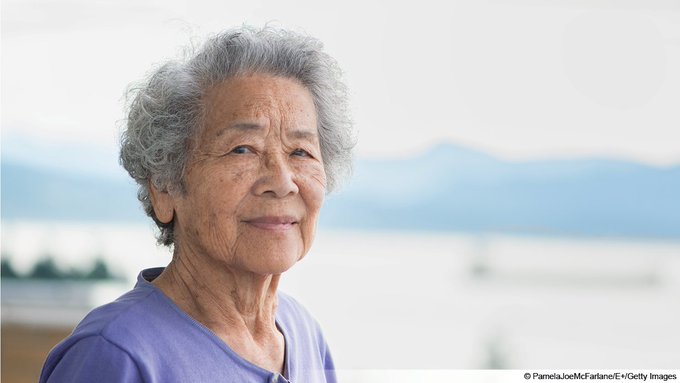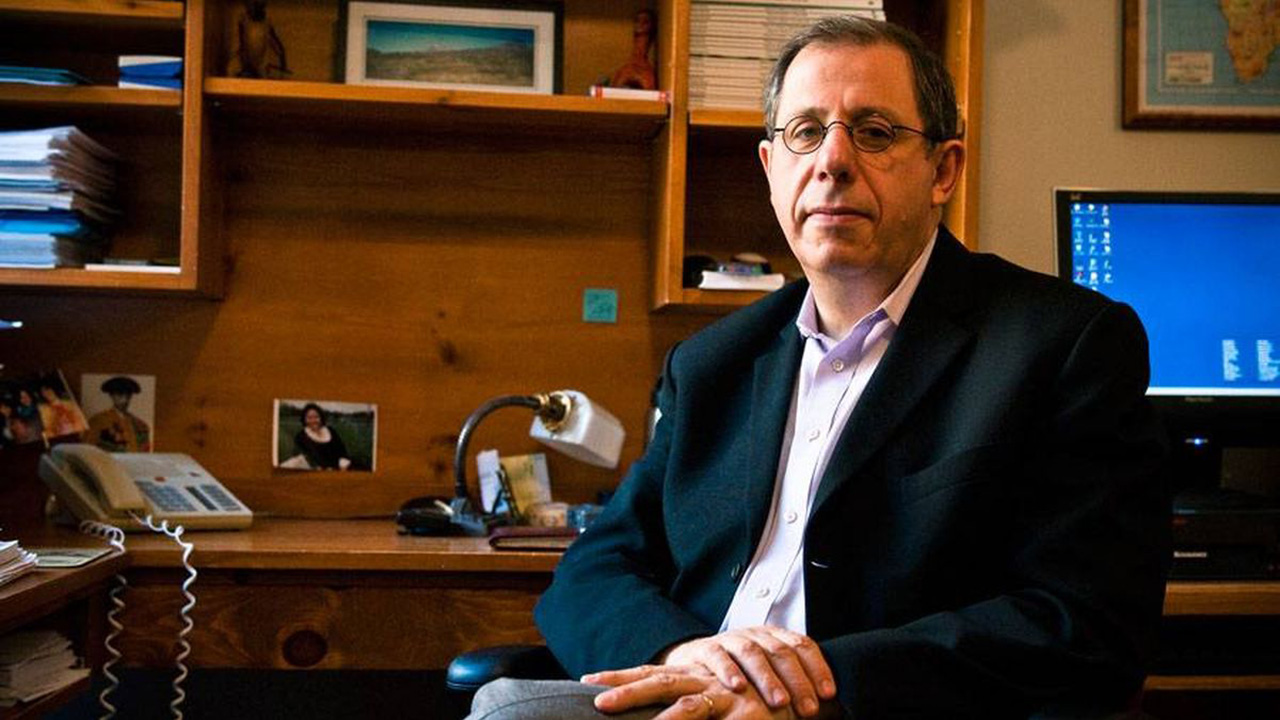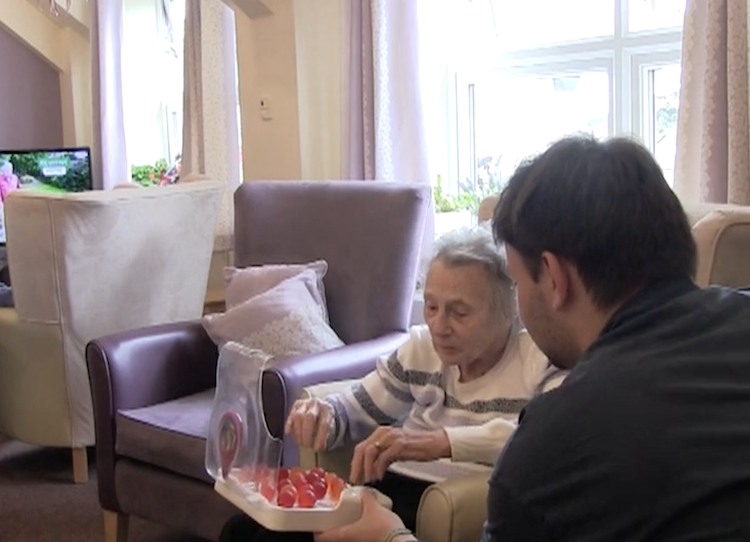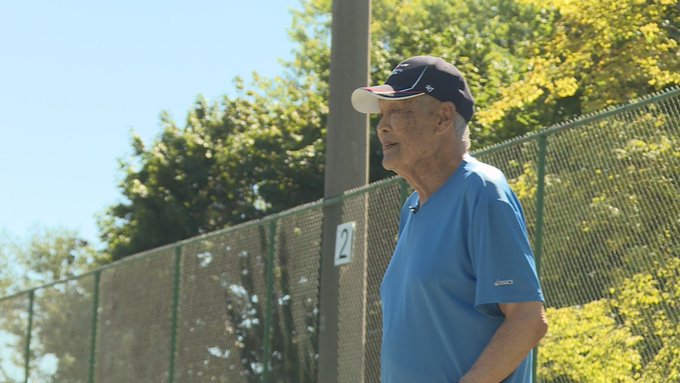“They are anticipating (job losses) April 1, with the first wave of kids” as the provincial changes come into effect, said one, noting a number of small and regional service agencies have told staff they will be let go.
The latest results of the CAMH Monitor survey, a continuing study of mental health and substance use in Ontario by the Centre for Addiction and Mental Health, showed 11.7 per cent of respondents reported experiencing frequent mental distress in 2017, up from 7.4 per cent the previous year. That represents an estimated 1.2 million adults in the province who struggled with issues such as stress, depression and problems with their emotions, on at least 14 out of the past 30 days. The proportion of respondents who reported having thoughts of suicide nearly doubled to 4.1 per cent from 2.3 per cent in 2016.
“That’s concerning for us,” says Dr. Hayley Hamilton, senior scientist at CAMH’s Institute for Mental Health Policy Research and co-principal investigator of the CAMH Monitor. While the survey did not examine the reasons for these increases, Dr. Hamilton says the findings add weight to the notion that “many adults are highly stressed. They’re juggling many demands. They’re leading fast-paced lives and they’re sometimes feeling overwhelmed.”
The newest results of the study, which began in 1977, are based on phone interviews of 2,812 adults, ages 18 and older, from across the province.
Among the findings, it also showed the proportion of respondents who reported using cannabis in 2017 was 19.4 per cent, compared with 15.7 per cent in 2016.
Ten per cent of respondents rated their own mental health as fair or poor in 2017, up from 7.1 per cent the year prior.
Weekly binge-drinking declined to around 6.9 per cent from 11.2 per cent in 2007, though the average number of drinks consumed weekly rose to five from 3.3 in 1996. The proportion of current cigarette-smokers decreased to 15.1 per cent from 26.7 per cent in 1996.
Prescription opioid use also appeared to be declining over time. In 2017, 21.2 per cent said they used prescription opioid pain relievers, down from 26.6 per cent in 2010.
Dr. Hamilton says that while the demands of a stressful, fast-paced lifestyle may contribute to greater feelings of distress, the rise in the proportion of people struggling with their mental health may also be due to a greater openness about acknowledging and discussing mental health issues.
“Continuing to have more open discussions is the way forward,” she says, adding, “We need to increase resilience, the ability to cope, … in order to reduce burden, on not just the individuals but also their families because it’s not a one-person issue. Mental illness and mental health problems affect those around you as well.”
At the Ontario division of the Canadian Mental Health Association, chief executive officer Camille Quenneville says she is not surprised that Ontarians are struggling more with their mental health.
CMHA, a non-profit organization that promotes mental health, has seen an increase in demand for its programs across Ontario, in part, because people are more willing to seek help, she says.
“While decreased stigma is a good thing, we want to make sure when people step forward, we’re able to provide service to them,” Ms. Quenneville says. “Quite often that’s challenging because demand is high.”

/https://www.thestar.com/content/dam/thestar/politics/provincial/2019/02/27/autism-therapists-warned-of-looming-layoffs-under-ford-government-overhaul/autism.jpg)
/https://www.thestar.com/content/dam/thestar/uploads/2019/02/27/lisa-mcleod-0.jpg)
.jpg?w=670&quality=70&strip=all)





/https://www.thestar.com/content/dam/thestar/politics/provincial/2019/02/24/ontario-government-quietly-ordered-autism-therapy-providers-to-stop-admitting-kids-from-wait-list-last-september/autism_protest.jpg)





 Laura Kirby-McIntosh, president of the Ontario Autism Coalition, speaks at a news conference at the Ontario Legislature in Toronto on Monday, November 12, 2018. THE CANADIAN PRESS/Frank Gunn
Laura Kirby-McIntosh, president of the Ontario Autism Coalition, speaks at a news conference at the Ontario Legislature in Toronto on Monday, November 12, 2018. THE CANADIAN PRESS/Frank Gunn
















/https://www.thestar.com/content/dam/thestar/news/investigations/2019/01/21/new-canada-food-guide-calls-for-plant-based-diet-pushes-salt-and-saturated-fat-to-the-side/foodguide2.jpg)
/https://www.thestar.com/content/dam/thestar/news/investigations/2019/01/21/new-canada-food-guide-calls-for-plant-based-diet-pushes-salt-and-saturated-fat-to-the-side/foodguide1.jpg)
 Unifor is asking the public to document their attempts to finish their morning routine in less than six minutes and post their results on social media. (Facebook)
Unifor is asking the public to document their attempts to finish their morning routine in less than six minutes and post their results on social media. (Facebook)/arc-anglerfish-tgam-prod-tgam.s3.amazonaws.com/public/BEAB4FGRFFEXLOM5Y24TTSOM5E.JPG)
/arc-anglerfish-tgam-prod-tgam.s3.amazonaws.com/public/GSZVAG344BCFFFYD5E3QFJLXKE.JPG)
/arc-anglerfish-tgam-prod-tgam.s3.amazonaws.com/public/WVWU36UXTBE4DBN2VGMHQTE22I.JPG)
/arc-anglerfish-tgam-prod-tgam.s3.amazonaws.com/public/PHQKJ5KNPFC3BJY7FO6GSNV2UM.JPG)






 Russell O’Grady, a trailblazing McDonald’s employee with Down syndrome is retiring after 32 years of working in one fast-foot restaurant in Australia and becoming a local icon. (Wynn Visser/Jobsupport)
Russell O’Grady, a trailblazing McDonald’s employee with Down syndrome is retiring after 32 years of working in one fast-foot restaurant in Australia and becoming a local icon. (Wynn Visser/Jobsupport)






/https://www.thestar.com/content/dam/thestar/news/gta/2018/12/01/he-started-as-a-tiny-preemie-at-sick-kids-he-beat-the-odds-and-now-hes-back-at-the-hospital-as-a-doctor-in-training/adam_shehata_at_hospital.jpg)


/https://www.thestar.com/content/dam/thestar/news/gta/2018/12/01/he-started-as-a-tiny-preemie-at-sick-kids-he-beat-the-odds-and-now-hes-back-at-the-hospital-as-a-doctor-in-training/incubator.jpg)



/https://www.thestar.com/content/dam/thestar/life/2018/11/12/overdiagnosis-of-uti-leads-to-overuse-of-antibiotics-in-the-elderly/dreamstime_l_4853598.jpg)




/https://www.thestar.com/content/dam/thestar/news/gta/2018/11/11/sunnybrook-veterans-centre-remembrance-day-ceremony/sunnybrook_john_kent.jpg)

 Loneliness could increase the risk of dementia, according to new research. (Dmitry Berkut / Istock.com)
Loneliness could increase the risk of dementia, according to new research. (Dmitry Berkut / Istock.com)


























/arc-anglerfish-tgam-prod-tgam.s3.amazonaws.com/public/C3VJBENTXJGF7IASKVBZS7EIZM.JPG)
/arc-anglerfish-tgam-prod-tgam.s3.amazonaws.com/public/KVWWCJGIQNES7CZGPHUG22H6G4.JPG)









/https://www.thestar.com/content/dam/thestar/news/gta/2018/07/02/burlington-man-with-ms-breaking-barriers-of-disability-receives-masters-degree/paulbenson08nw.jpg)








/arc-anglerfish-tgam-prod-tgam.s3.amazonaws.com/public/QBNLUG5BPVOZ3NMDK2TG53BDKQ.jpg)

























